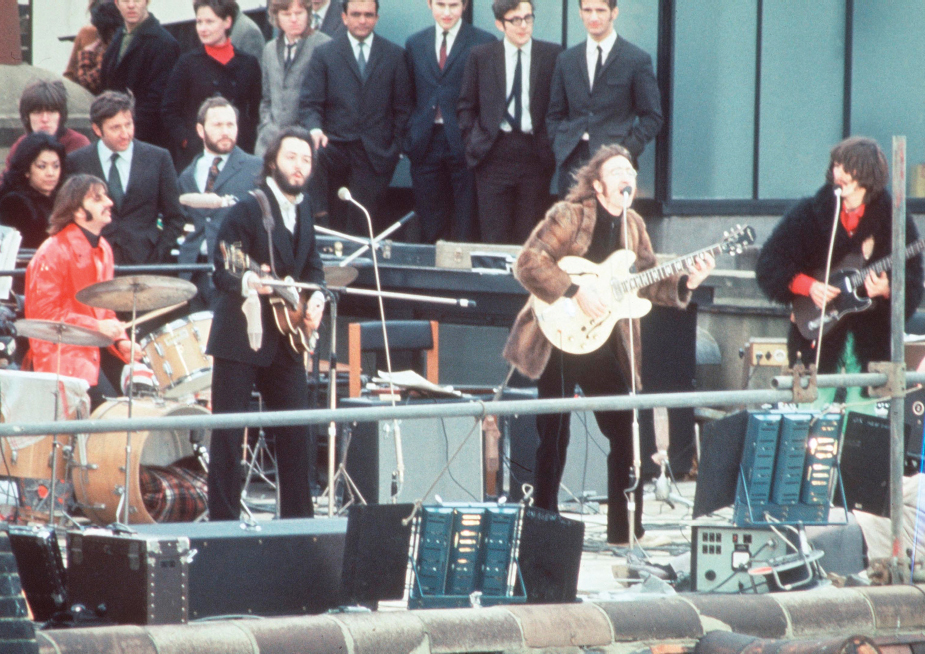The British Invasion
On February 7, 1964, the Beatles landed in New York for their first American tour. The resulting Beatlemania changed the face of rock’n’roll and has never really ended.
Dozens of other British rock bands followed in the wake of the Beatles’ arrival, some good, some not. The best of them, cast from the first as a kind of evil-twin mirroring of the Beatles, was the Rolling Stones. What British groups had in common at the start was their emulation of American rhythm and blues and the styles of black American rockers like Chuck Berry and Little Richard.
The difference between the Beatles and the Rolling Stones was not merely the good/bad contrast of their carefully groomed market images. It was musical as well. The Stones specialized in a hard-rocking style led by Mick Jagger’s manic vocal presence. The Beatles, in contrast, seemed to blossom in all musical directions, reflecting the differing musical personalities of John Lennon, Paul McCartney, and George Harrison — differences that would tear the group apart by 1970. From covers of Chuck Berry (“Roll Over, Beethoven”) and sneakily insightful pop/rock numbers (“She Loves You,” “Help!”), they moved on to lyrical ballads (“Yesterday,” “Blackbird”), hymnlike anthems (“Hey Jude,” “Let It Be”), visionary and psychedelic rock (“A Day in the Life,” “Strawberry Fields Forever”), straight-ahead, blues-derived rock (“Revolution”), and irresistible pop songs harking back to the 1930s (“When I’m Sixty-Four,” “Maxwell’s Silver Hammer” — surely the sweetest tune imaginable about a serial killer).

January 1969: the Beatles in their final concert, an impromptu affair soon broken up by the police, on the roof of the Apple Records building in London. From left: Ringo, Paul, John, and George. RBO/Camera Press/Redux.
